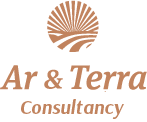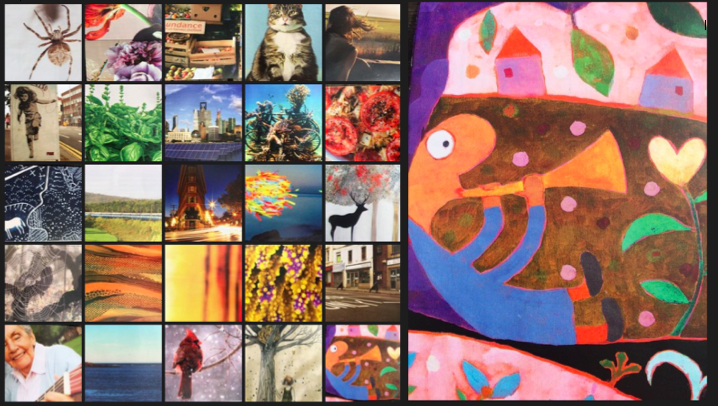 |
|
Daring to change the way we do business |
Price on request
ID-636 - For Sale
|

|
|
We change all the time, the world changes, people around us change, animals change, nature changes, the planet changes, the universe changes. Despite constant change, we seem to live with the illusion that there is a permanent state of affairs and we are more often than not afraid of change. Like it or not, though, change does happen. And those ahead of change pioneer new ways of being. In this sense, practitioners at Oasis are pioneers of change. Our Whole Person Learning approach can be applied to a number of settings, from classroom environment to group and organization development. Most recently, I have been applying the Whole Person Learning approach to the International Development area. After piloting it in Mozambique, it was time to take the approach across the Atlantic Ocean to El Salvador. Having worked in El Salvador in 2012 and 2014, I was pleased to go back there for a follow-up impact study. The country is one of the most vulnerable countries to climate change. It is located within the Central America Dry Corridor, with frequent oscillations between scarce rainfall, coastal flooding and mountain landslides. On the top of that, El Salvador lies in both Atlantic and Pacific tropical cyclones paths, with a considerable increase in frequency and intensity due to climate change. As with everything in life, it is very easy to fall in the trap of repeating the work that has been done in the past. During my latest visit, I realized that unknowingly I had fell in that trap when I ran an impact study in the country in 2014. At the time, I applied standard approaches to carryout a number of in-depth interviews and analyze countless documents in a thorough desktop-review, and sum it all up in an “usual” dense 70 page report. Unfortunately I suspect that, “as usual”, very few people (apart from the evaluation team) read the report in full. Re-reading the report I had written, it struck me that even I had forgotten what the main messages were! This time around I was committed to changing the way I run monitoring and evaluation (M&E). I got buy-in from the client early on and we co-developed the methodology from the day one. I still carried-out in-depth interviews and revised countless documents, however, this time the “how” I did it was different. The way I framed the interviews and workshops, for example, allowed stakeholders to use lateral thinking to explore abstract concepts. For example, I used my creative cards set to probe non-linear understanding of the project and how internal and external variables contributed to its impact. I also prompted stakeholders to create metaphors so that the stories of change would come alive. The power of metaphors is actually underestimated in our professional environments. It is seen as a “childish tool”. However, research shows that the use of metaphors leads to experiences that are considered transformative because participants new ways of thinking and being, lead to a fuller and richer lived experience. Besides using the Whole Person Learning approach to co-develop the methodology with the client and to carryout the evaluation, I used this people-centered approach to present the results in a more engaging format. Together with the M&E team, we recognized that we needed to change how we communicate. There is no space anymore for 70 pages reports, full of boxes and almost impenetrable text. People’s attention span has declined and we are too busy with countless number of information thrown at us every day. With this in mind, I structured the report according to what I observed and stories of change, rather than according to the list of questions guiding the evaluation. I also worked with a graphic designer and we formatted the report, its quotes, the metaphors and main findings to be reader friendly. The devil is in the detail, however; and radical changes are rarely accepted without resistance. Acknowledging that different stakeholders have different needs, the report had a number of tables in the appendices with a lot of detail and cross-references to the stories that addressed the specific question in the main body of text. There was also a very formal two-pager summary upfront. This was a win-win solution. Those who needed details could find it in the appendices; the formal report was appropriate for circulation with higher ranks of stakeholders involved; and those who only wanted to scan-read the main messages could quickly go through the report and grasp the key findings. A presentation with pictures and some of the key metaphors made it all more interesting. There were two metaphors, in particular, that I suspect will be remembered in the long-term. The first is that Governments are like transatlantic liners and consultancies are like speedboats. And the other is that some stakeholders said they “wanted the cow to fly!” In Latin America it is cows they want to fly and not pigs! These are both very simple metaphors, and both very common in international climate and development policy programmes. I hope that in the future, those involved in the design, implementation and M&E of cooperation programmes give more acknowledgement to these learning. If you want to try out some innovative cutting-edge methodologies in your work, get in touch with us. There are many ways to bring the Whole Person Learning approach to your life. |